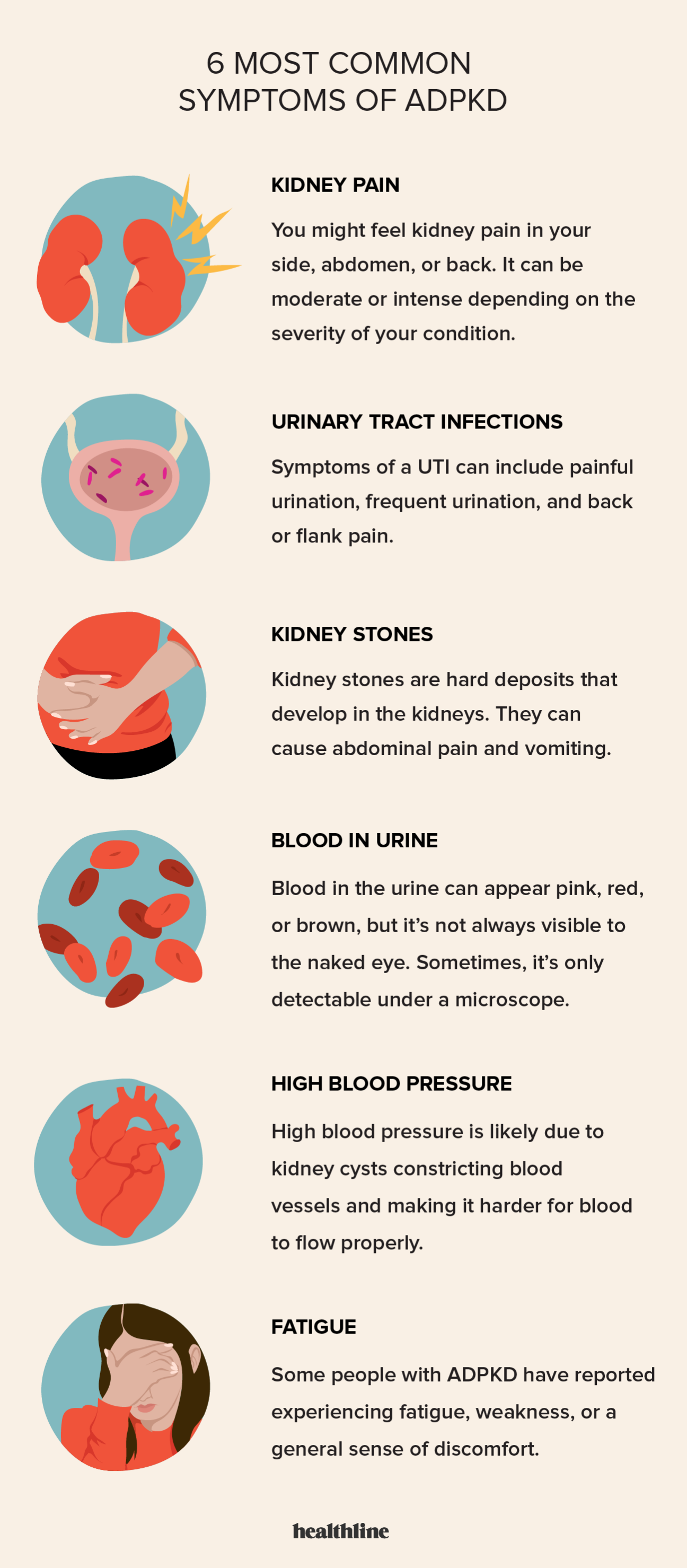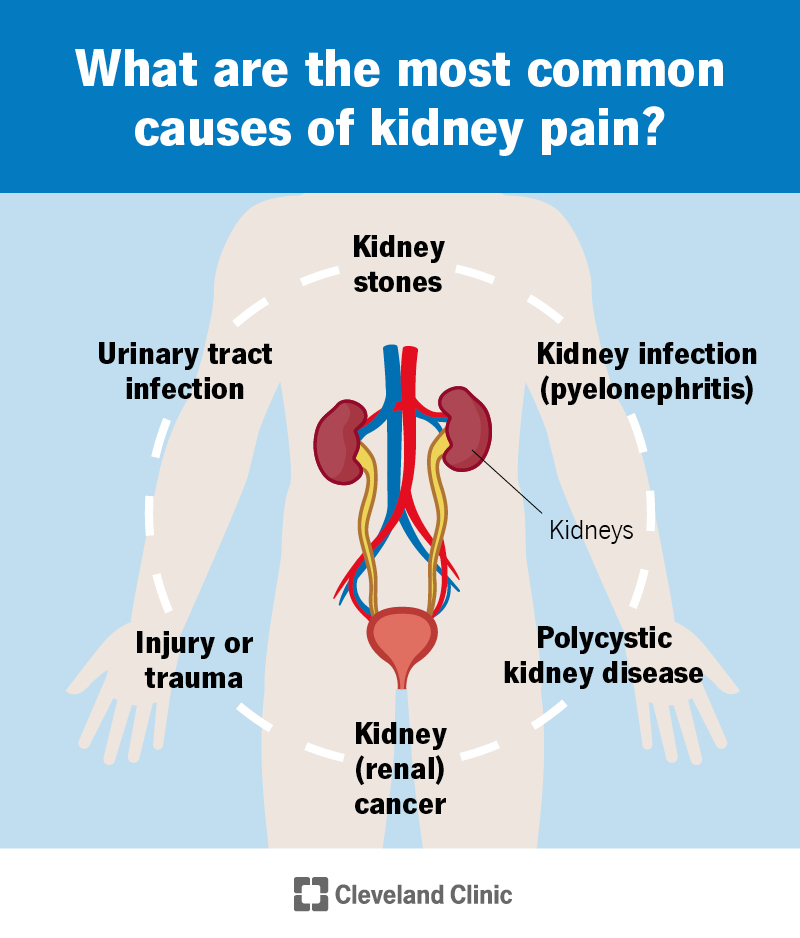A Comparative Research of the Threat Elements and Avoidance Methods for Kidney Stones and Urinary System Tract Infections: Insights for Better Health
The raising occurrence of kidney stones and urinary system tract infections (UTIs) demands a better assessment of their interrelated danger aspects and avoidance techniques. Both conditions, typically affected by lifestyle selections such as diet plan, hydration, and weight administration, highlight an essential junction in health and wellness promotion. By identifying and dealing with these shared vulnerabilities, we can create extra efficient methods to reduce the risks related to each. What effects might these understandings have for public health and wellness initiatives and personal health administration? The answer could improve our understanding of preventative treatment.
Overview of Kidney stones
Kidney stones are a typical urological condition, influencing roughly 10% of people at some time in their lives. These strong mineral and salt deposits create in the kidneys when urine comes to be concentrated, enabling minerals to take shape and bind together. The make-up of kidney stones differs, with calcium oxalate stones being the most common, adhered to by uric acid, struvite, and cystine stones.
Danger factors for the advancement of kidney stones consist of dehydration, dietary routines, obesity, and certain clinical problems such as hyperparathyroidism or metabolic disorders. Symptoms of kidney stones can range from moderate discomfort to extreme pain, typically presenting as flank discomfort, hematuria, and urinary system urgency.

Recognizing Urinary System Tract Infections
Urinary system infections (UTIs) represent a prevalent clinical problem, especially among women, with about 50-60% experiencing a minimum of one UTI in their life time - Kidney Stones vs UTI. UTIs happen when germs enter the urinary system system, causing inflammation and infection. This condition can affect any kind of component of the urinary system, including the kidneys, ureters, bladder, and urethra, with the bladder being the most generally impacted site
The medical discussion of UTIs normally includes signs and symptoms such as dysuria, enhanced urinary system frequency, necessity, and suprapubic discomfort. Sometimes, patients might experience systemic signs and symptoms such as fever and cools, showing a more serious infection, potentially including the kidneys. Medical diagnosis is primarily based upon the presence of signs, proven by urinalysis and pee culture to determine the original organisms.
Escherichia coli is one of the most common microorganism related to UTIs, representing about 80-90% of cases. Danger aspects include anatomical tendencies, sex, and specific clinical conditions, such as diabetic issues. Recognizing the pathophysiology, scientific manifestations, and analysis criteria of UTIs is crucial for effective administration and avoidance approaches in susceptible populations.
Shared Danger Factors
Numerous common threat factors add to the advancement of both kidney stones and urinary system system infections (UTIs), highlighting the interconnectedness of these 2 conditions. Dehydration is a popular danger aspect; insufficient liquid consumption can lead to concentrated urine, promoting the formation of kidney stones and producing a desirable environment for bacterial growth, which can precipitate UTIs.

Changes in estrogen levels can influence urinary system health and wellness and stone development. Additionally, excessive weight has been identified as a common risk variable, where excess weight can lead to metabolic changes that favor both kidney stone advancement and urinary system infections.
Avoidance Techniques
Understanding the common threat variables for kidney stones and urinary system infections underscores the value of executing reliable avoidance methods. Central to these strategies is the promotion of ample hydration, as sufficient liquid consumption waters down urine, decreasing the concentration of stone-forming materials and minimizing the danger of infection. Medical care professionals usually advise alcohol consumption at the very least 2 to 3 liters of water daily, tailored to specific needs.
In addition, dietary alterations play an important duty. A well balanced diet low in sodium, oxalates, and pet healthy proteins can mitigate the formation of kidney stones, while enhancing the usage of vegetables and fruits sustains urinary system tract health and wellness. Regular surveillance of urinary pH and structure can additionally aid in recognizing proneness to stone formation or infections.
In addition, maintaining proper health practices is essential, particularly in women, to stop urinary system infections. This consists of wiping from front to back and urinating after intercourse. link Last but not least, for people with persistent concerns, prophylactic therapies or drugs might be required, led by medical care specialists, to resolve particular danger elements effectively. In general, these prevention approaches are crucial for minimizing the incidence of both kidney stones and urinary system tract infections.
Way Of Living Adjustments for Health
Executing certain way of living changes can considerably minimize the threat of developing kidney stones and urinary system system infections (UTIs) A well balanced diet plan plays a crucial function; boosting liquid intake, particularly water, can water down urine and assistance protect against stone formation as well as flush out bacteria that might lead to UTIs.
Normal physical task is also important, as it promotes general health and wellness and aids in preserving a healthy weight, further decreasing the threat of metabolic problems connected with kidney stones. In addition, exercising excellent health is essential in avoiding UTIs, particularly in females, where wiping strategies and post-coital peeing can play preventative duties.
Staying clear of extreme high levels of caffeine and alcohol, both of which can aggravate dehydration, is a good idea. Last but not least, routine clinical examinations can assist keep track of kidney feature and urinary wellness, recognizing any kind of very early indications of issues. By adopting these way of living adjustments, individuals can enhance their total wellness while successfully minimizing the danger of kidney stones and urinary system tract infections.
Verdict
To conclude, the comparative evaluation of kidney stones and urinary system infections highlights the significance of common risk variables such as dehydration, nutritional habits, and obesity. Applying efficient avoidance techniques that focus on appropriate hydration, a balanced diet plan, and regular exercise can reduce the incidence of both conditions. By resolving these common components through way of living modifications and boosted hygiene techniques, individuals can improve Read Full Article their total health and lower their vulnerability to these prevalent wellness problems.
The raising prevalence of kidney stones and urinary system infections (UTIs) necessitates a more detailed evaluation of their related risk aspects and prevention approaches - Kidney Stones vs UTI. The structure of kidney stones differs, with calcium oxalate stones being the most common, followed by uric acid, struvite, and cystine stones
Treatment choices differ based on the dimension and kind of the stone, ranging from traditional monitoring with increased fluid consumption to clinical treatment like lithotripsy or medical removal for larger stones. Furthermore, weight problems Our site has actually been recognized as a common risk factor, where excess weight can lead to metabolic adjustments that prefer both kidney stone growth and urinary system infections.Recognizing the common risk aspects for kidney stones and urinary system infections underscores the significance of implementing effective avoidance strategies.